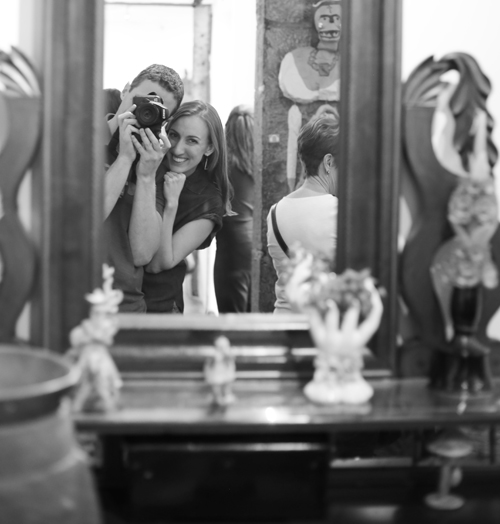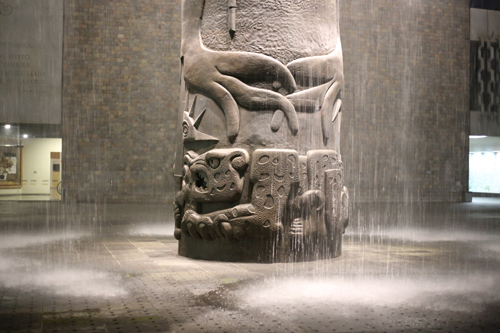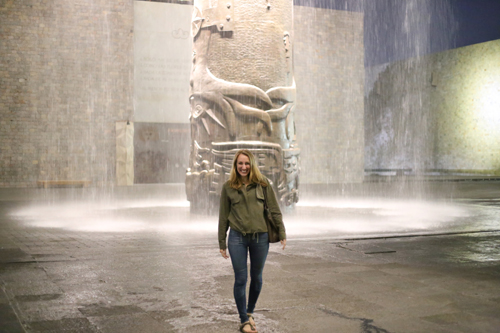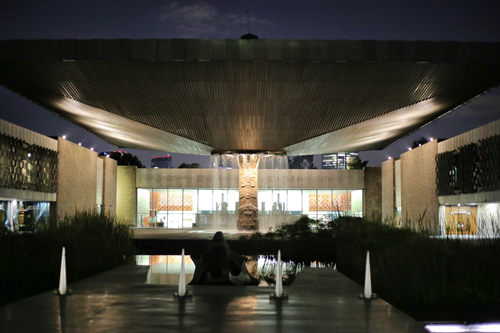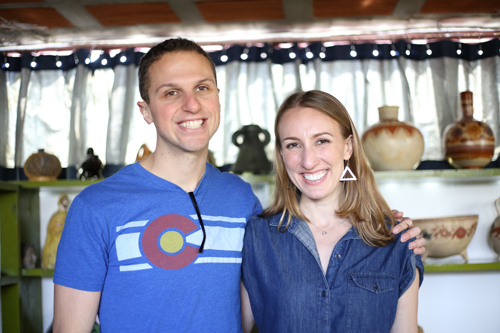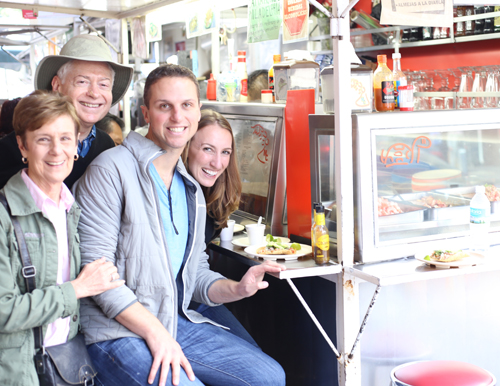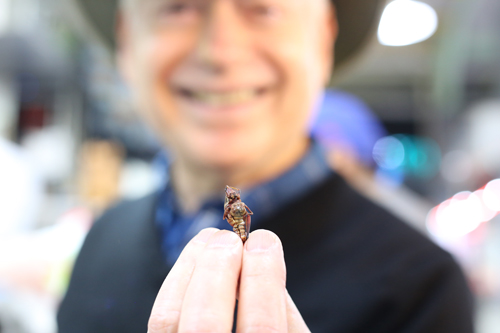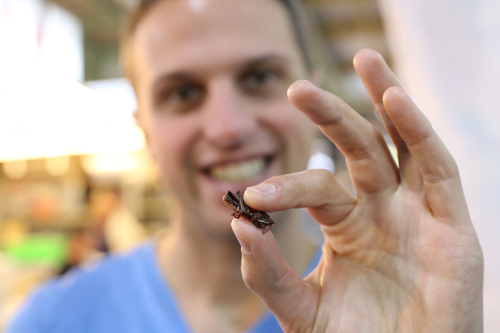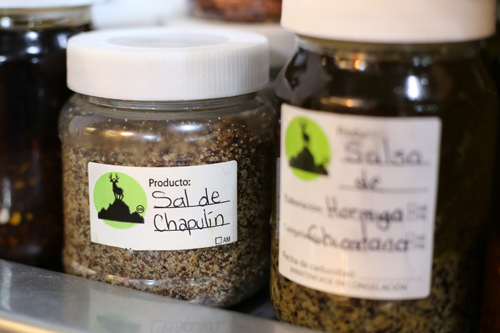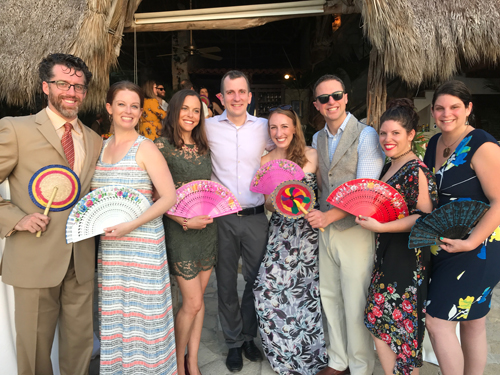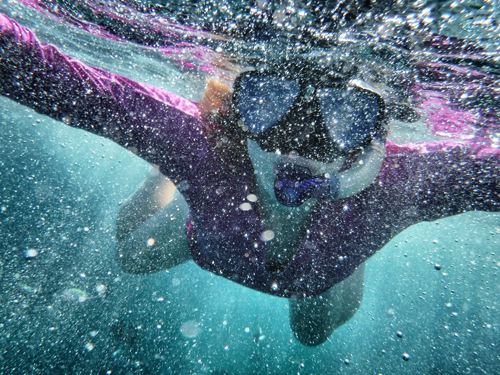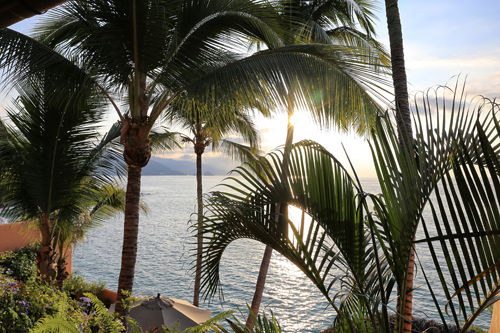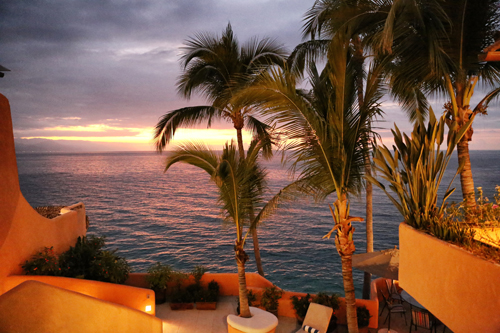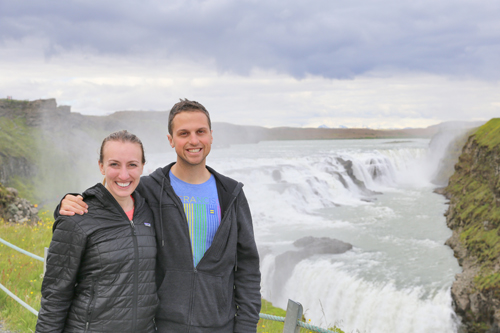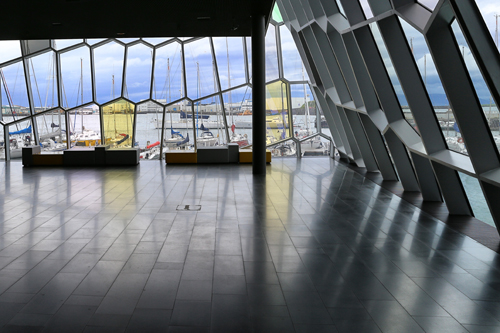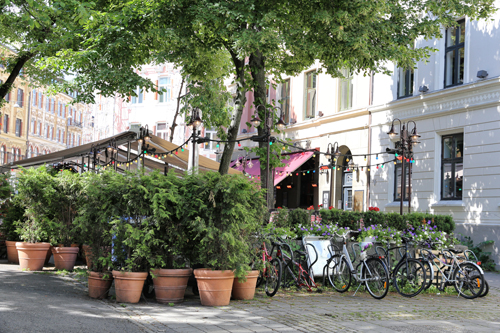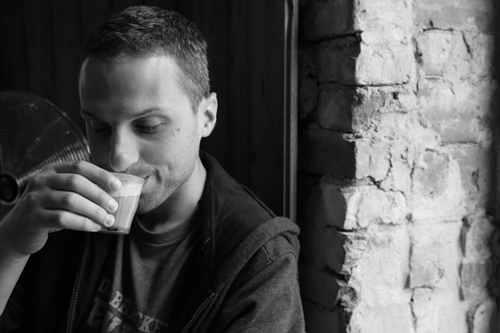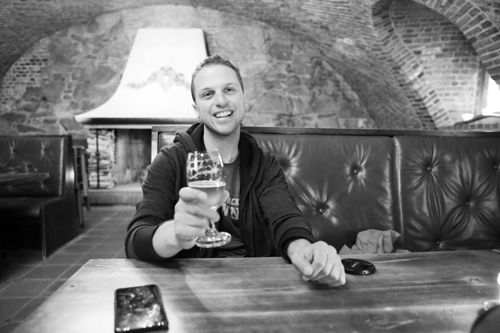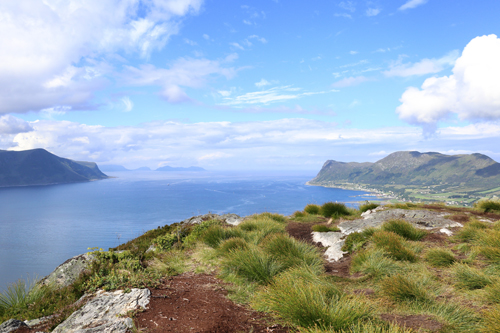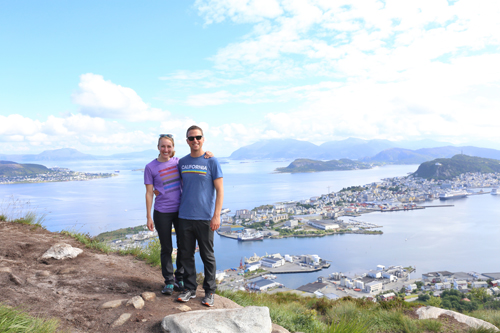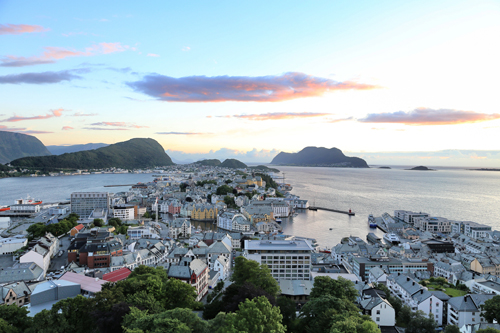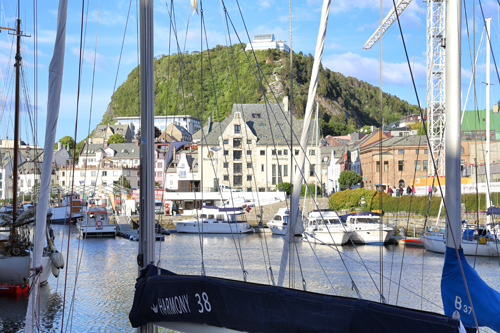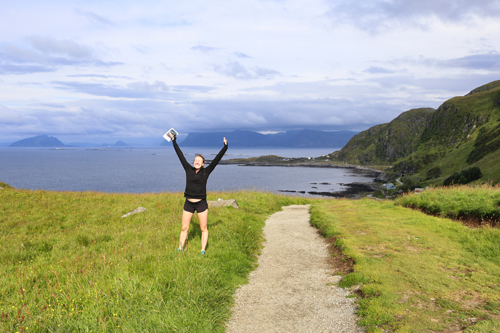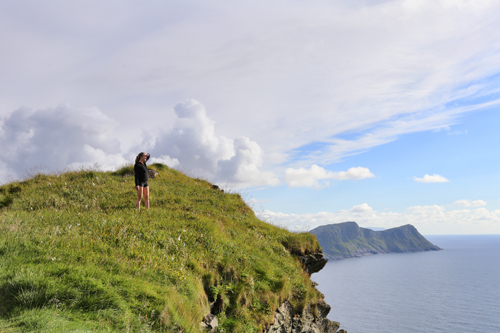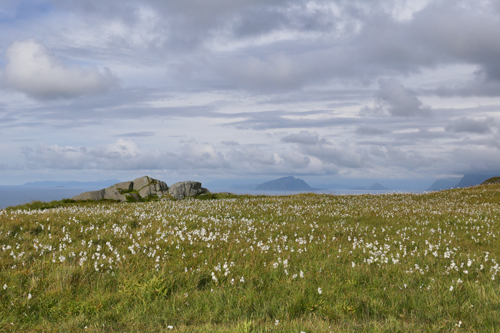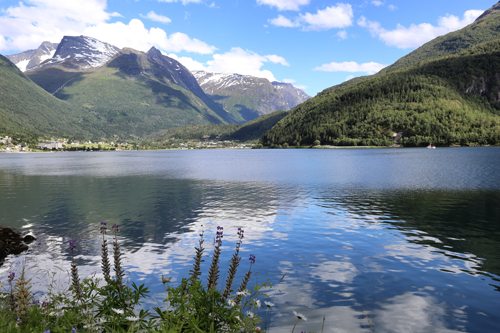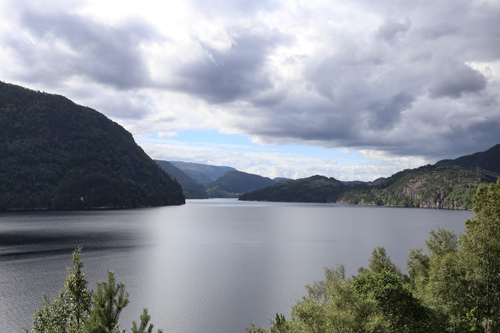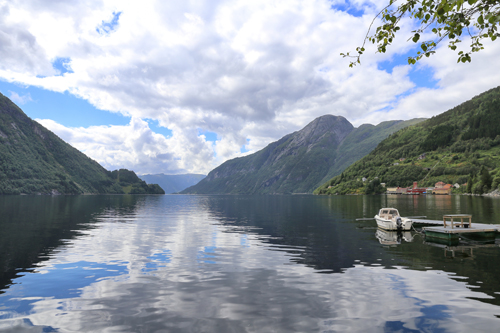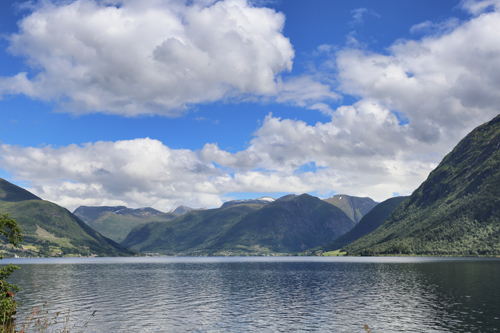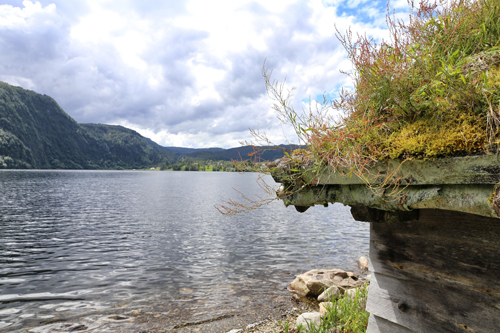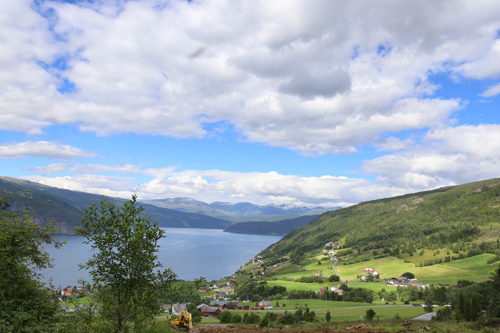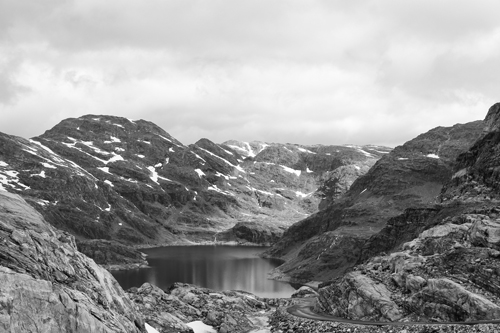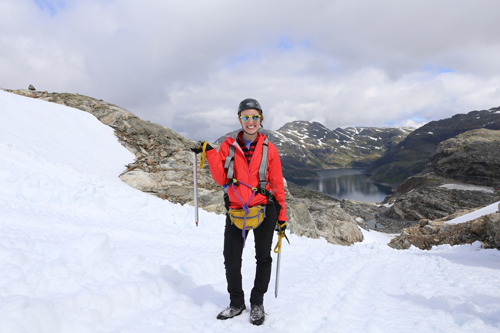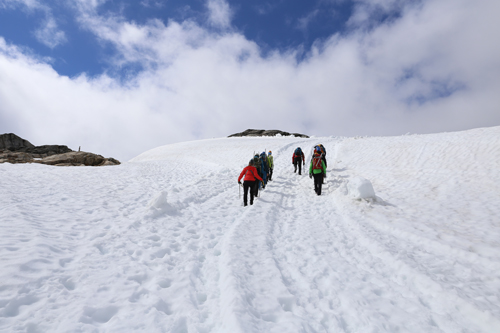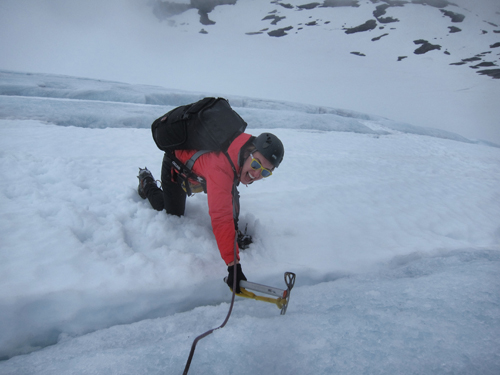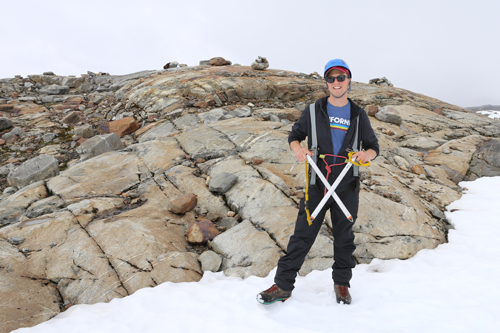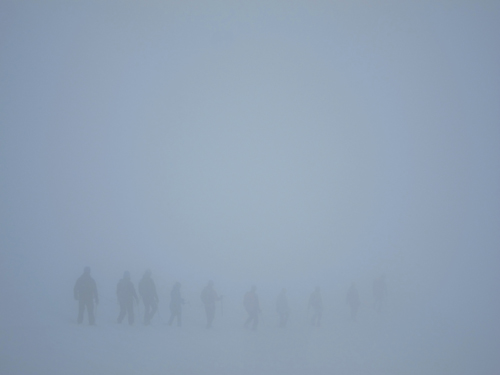As we tour Mexico City, the day weaves through Frida and Diego’s lives, their homes, their communist beliefs, and their tumultuous, unfaithful marriages. Marriages is plural because they were in fact married twice. In the morning, we visit their dual houses in San Angel – Kahlo’s blue and Rivera’s pink connecting houses. The houses look functional not comfortable, connected only by a high, narrow bridge. There might be some analogy to their marriages.
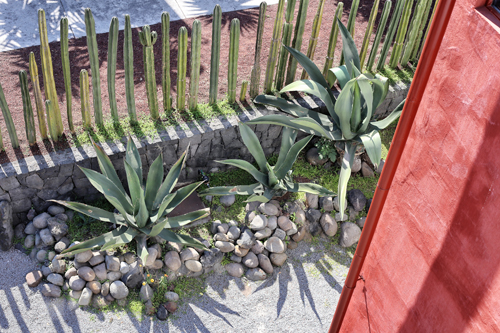
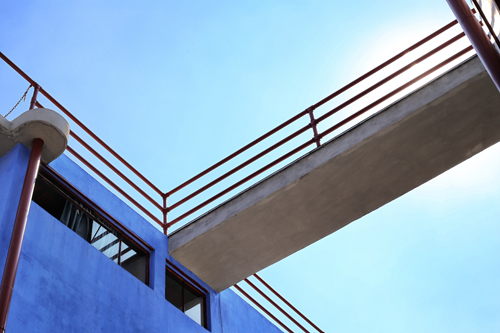

Later in the day, after strolling through a couple more city neighborhoods, we visit Casa Azul, the Blue House in Coyoacan, which has been made into the Frida Kahlo Museum. It is both her birthplace and now the home of her ashes in an urn. There’s undoubtedly some circle-of-life reference to draw here. Parts of Frida’s life seemed to repeat constantly, so this just feels fitting.
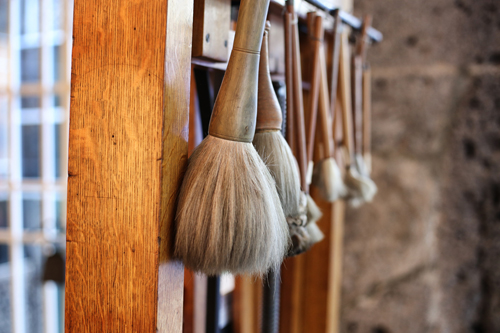
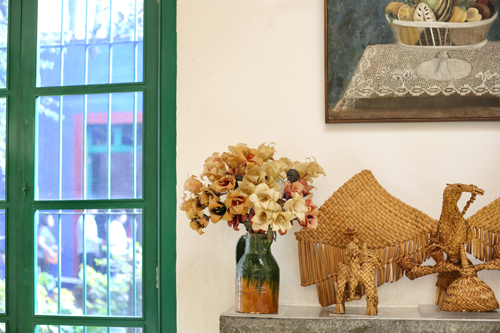
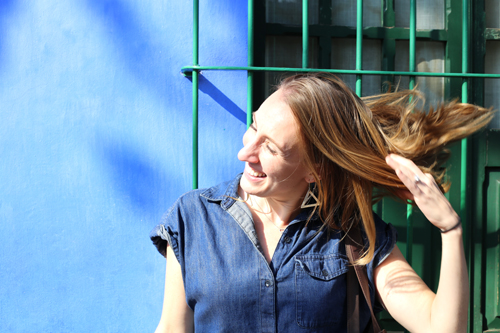
Part of the fascination with today is that their lives are like a great telenovela including their relationship together, their internal conflicts with themselves, and their battles with the outside world. Rivera painted the injustices to the indigenous people and the commoner. Kahlo painted more personal problems like her constant pain, miscarriages, and infidelity. Together, they were very much in the public eye, including a fun jaunt to NYC for a time. Had “Us Weekly” been around, they would’ve had lots of juicy material.
